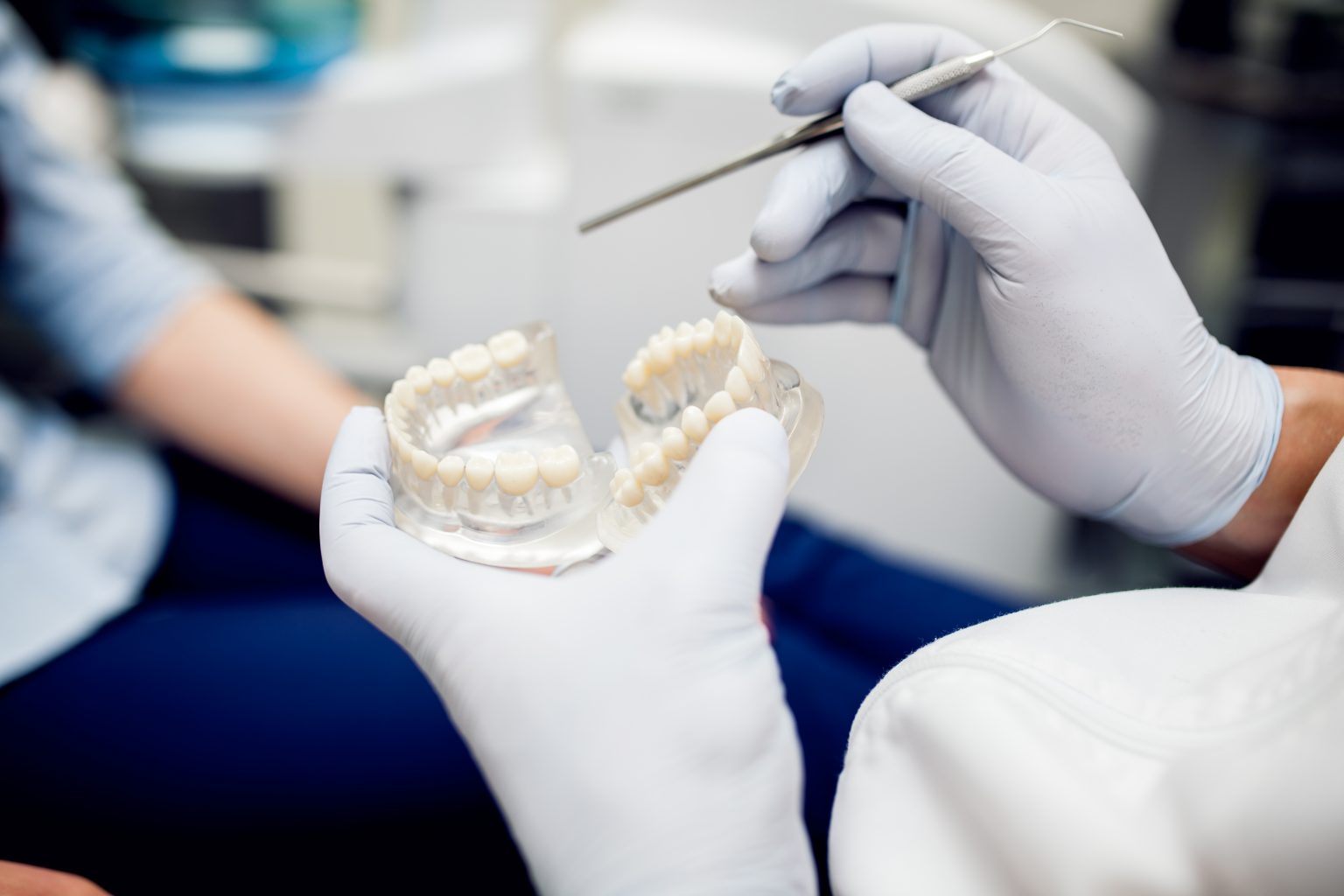Introduction
Many people have worry when they visit the dentist, but advances in sedation dentistry have made it simpler to control discomfort and anxiety. One widely used technique is the use of nitrous oxide, sometimes referred to as “laughing gas.” The function of dentists who provide nitrous oxide gas is examined in this article, along with its advantages, disadvantages, and patient concerns.
1.First of all, what is nitrous oxide?
In dentistry, nitrous oxide (N₂O), a colorless and odorless gas, is used to induce sedation. It produces a euphoric and relaxing condition when inhaled, which helps patients feel more at ease during dental operations. It is frequently used to treat mild to moderate anxiety.
2. How Is Nitrous Oxide Operational?
When nitrous oxide is inhaled through a mask or nosepiece, it quickly enters the bloodstream. By interacting with the central nervous system, it lowers anxiety and promotes feelings of relaxation. In order to reduce discomfort, patients may feel detached from the process while still being conscious and awake.
3. What Advantages Does Nitrous Oxide Sedation Offer?
Rapid Onset and Recovery: Patients can return to their regular activities soon after the operation because nitrous oxide takes effect in a matter of minutes and goes off rapidly.
Safe and Effective: With little adverse effects, it is regarded as one of the safest sedatives for dental procedures.
Control Over Sedation Level: To attain the appropriate degree of sedation, dentists can modify the nitrous oxide concentration during the process.
4. To whom might nitrous oxide be advantageous?
Numerous patients can benefit from nitrous oxide, including:
- Those who are afraid or anxious about dentistry.
- kids who might find going to the dentist distressing.
- Individuals getting minor surgery, such cleanings or fillings
.
5. Are There Any Hazards or Adverse Reactions?
Although nitrous oxide is usually safe, the following are possible adverse effects:
- lightheadedness or dizziness during or following the surgery.
- Rarely, individuals may experience nausea, particularly if they do not breathe deeply enough while under anesthesia.
- After the operation, some patients could get moderate headaches.
6. What Can Patients Anticipate From a Nitrous Oxide Treatment?
The dentist will address any concerns and provide an explanation of the technique prior to the treatment. Patients will breathe in a mixture of oxygen and nitrous oxide while wearing a mask or nosepiece. Within minutes, they could feel calm and dizzy. The dentist will keep an eye on the patient’s comfort during the process and change the nitrous oxide dosage as necessary.
7. After nitrous oxide sedation, may patients drive?
Because the effects of nitrous oxide wear off rapidly, most patients are able to drive themselves home after the surgery. Before planning a trip, people should consult their dentist and think about how they feel.
In summary
Locating a dentist that provides nitrous oxide gas can significantly improve your dental experience, particularly for people who are prone to discomfort or anxiety. Patients can receive the care they require without anxiety because to nitrous oxide’s safe and efficient ability to make dental operations more bearable. If you’re thinking about getting sedation dentistry, speak with a licensed “nitro gas dentist” about how nitrous oxide can make your next dental visit more comfortable and relaxed.

